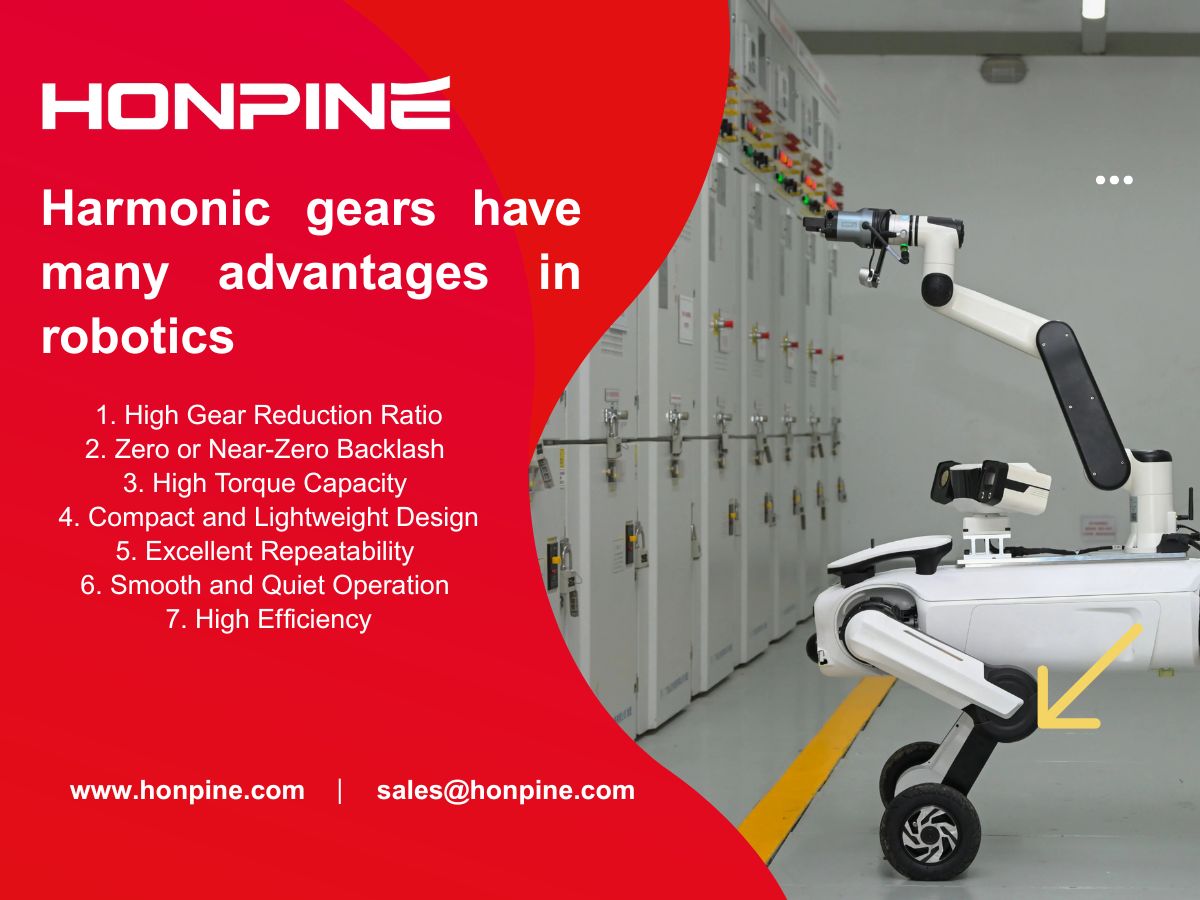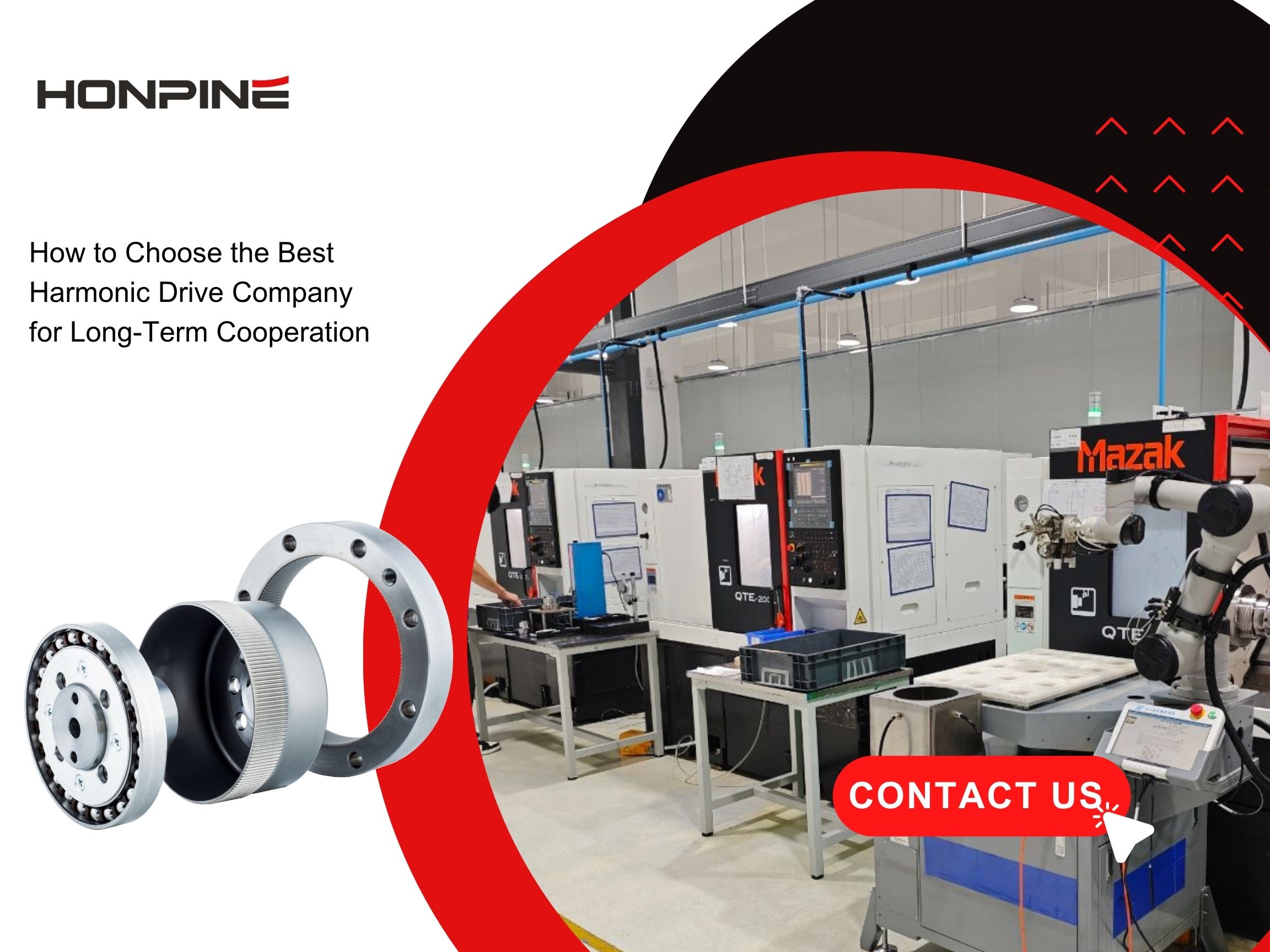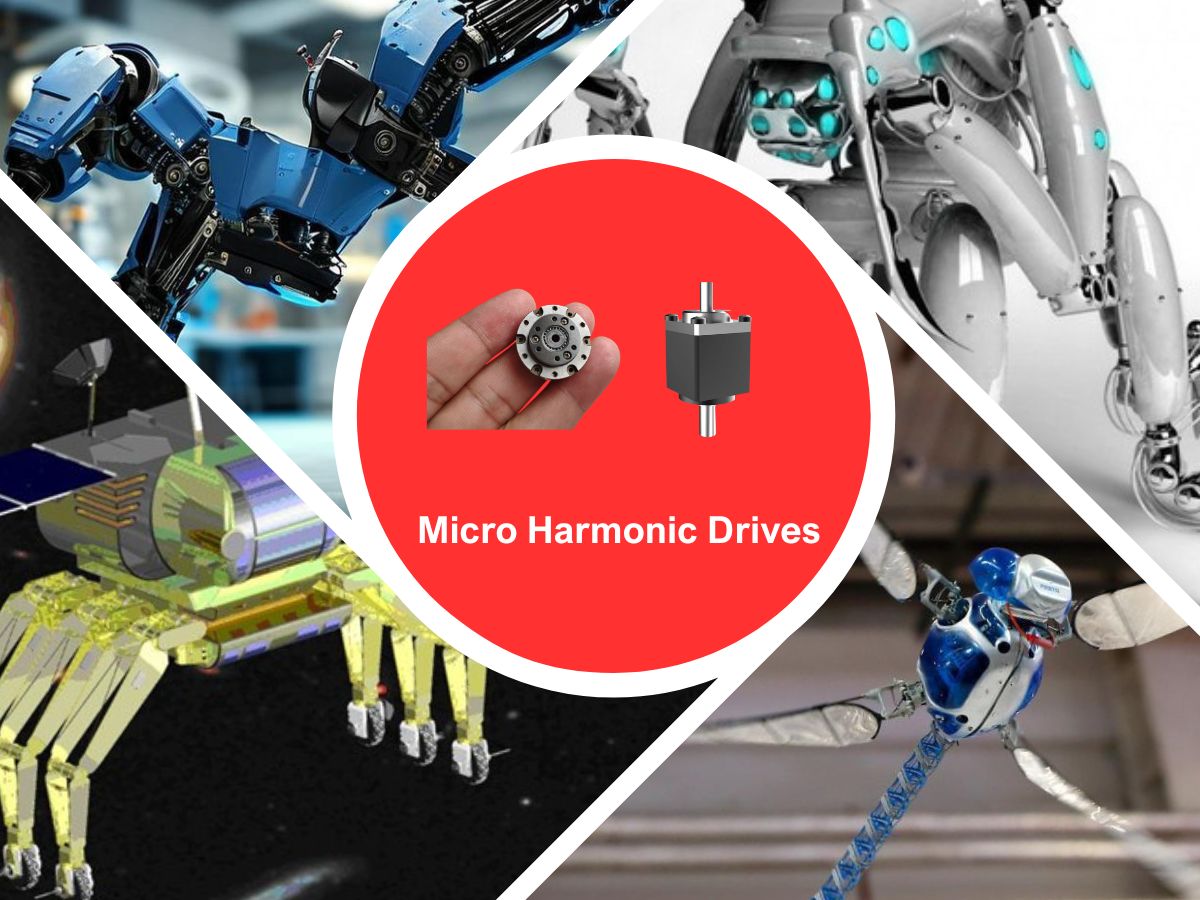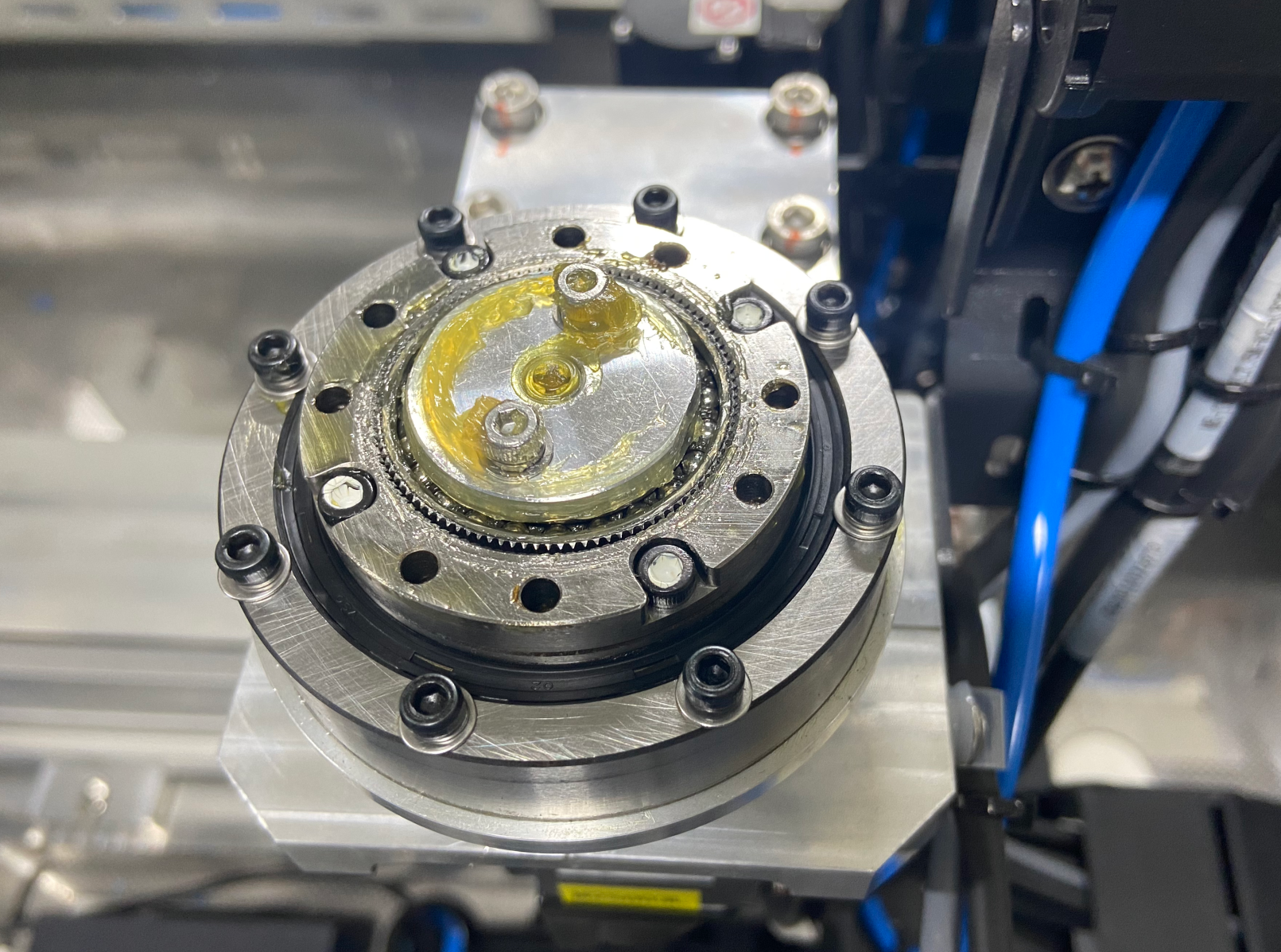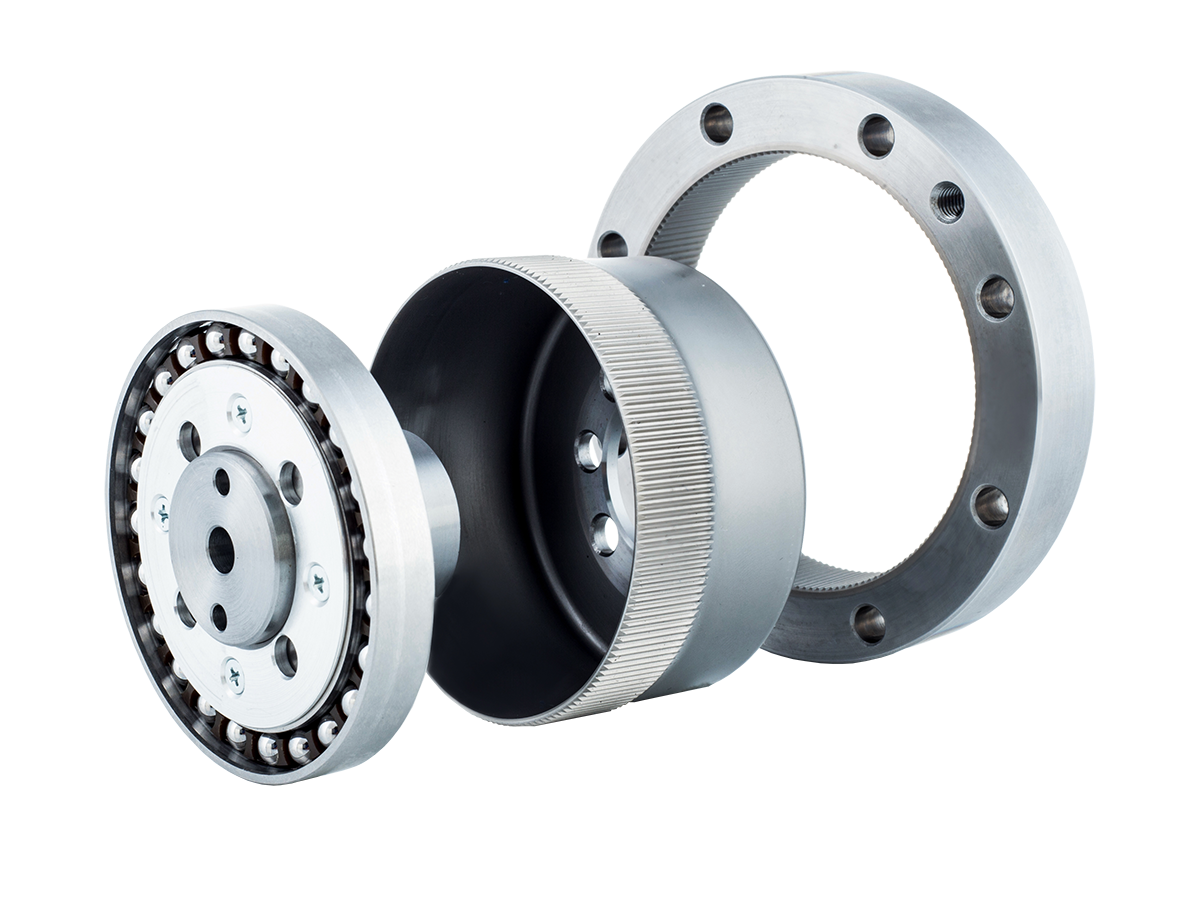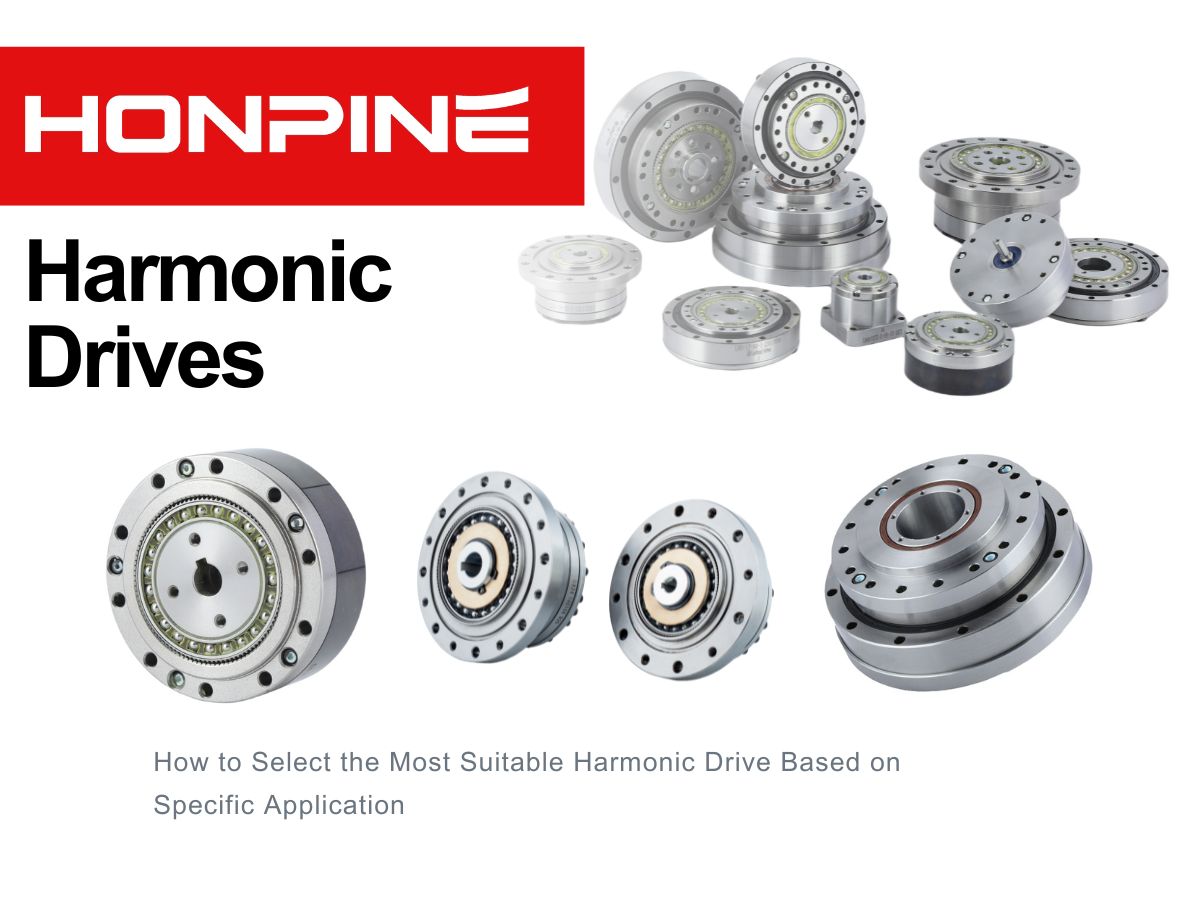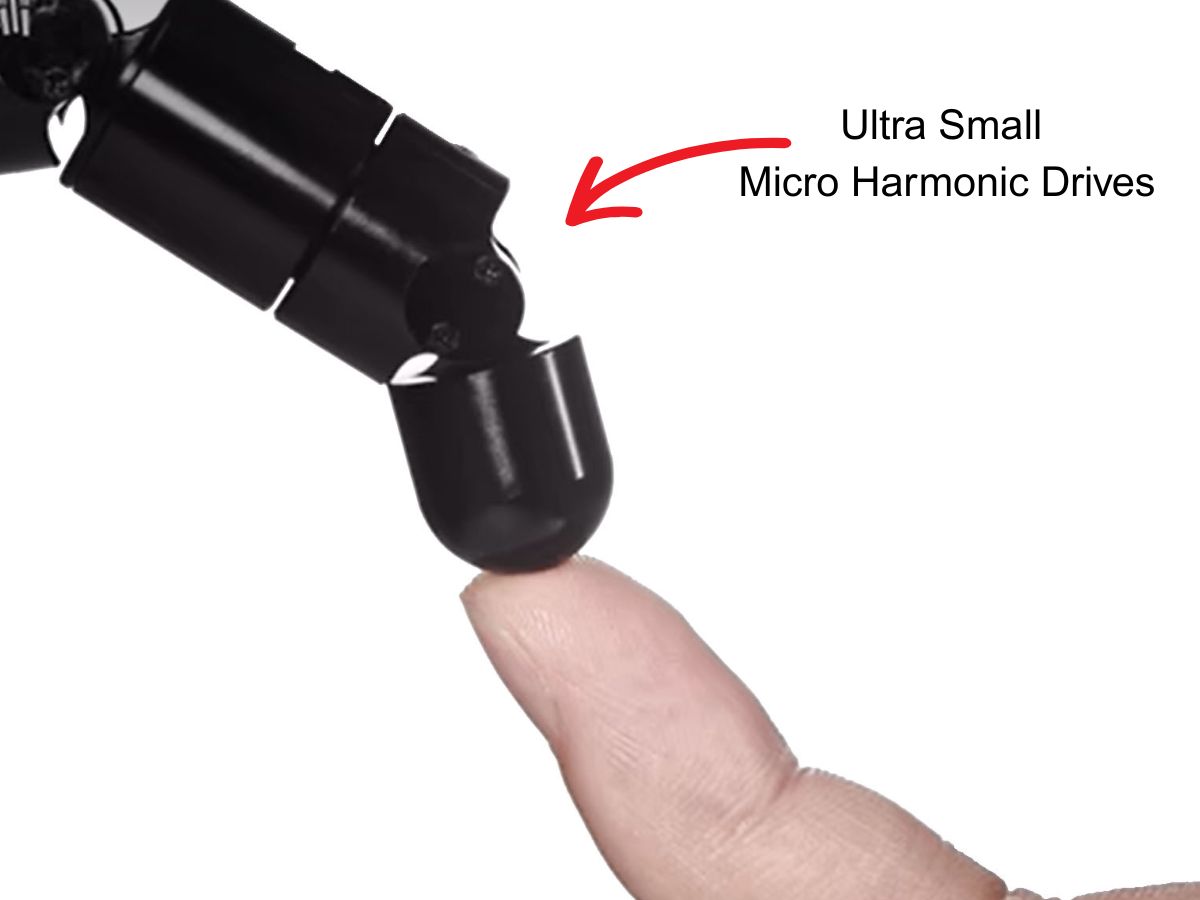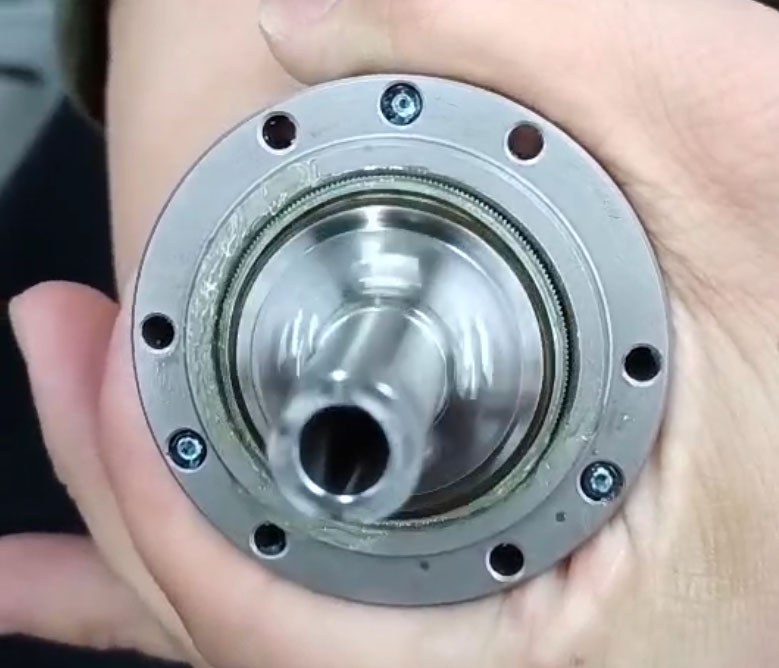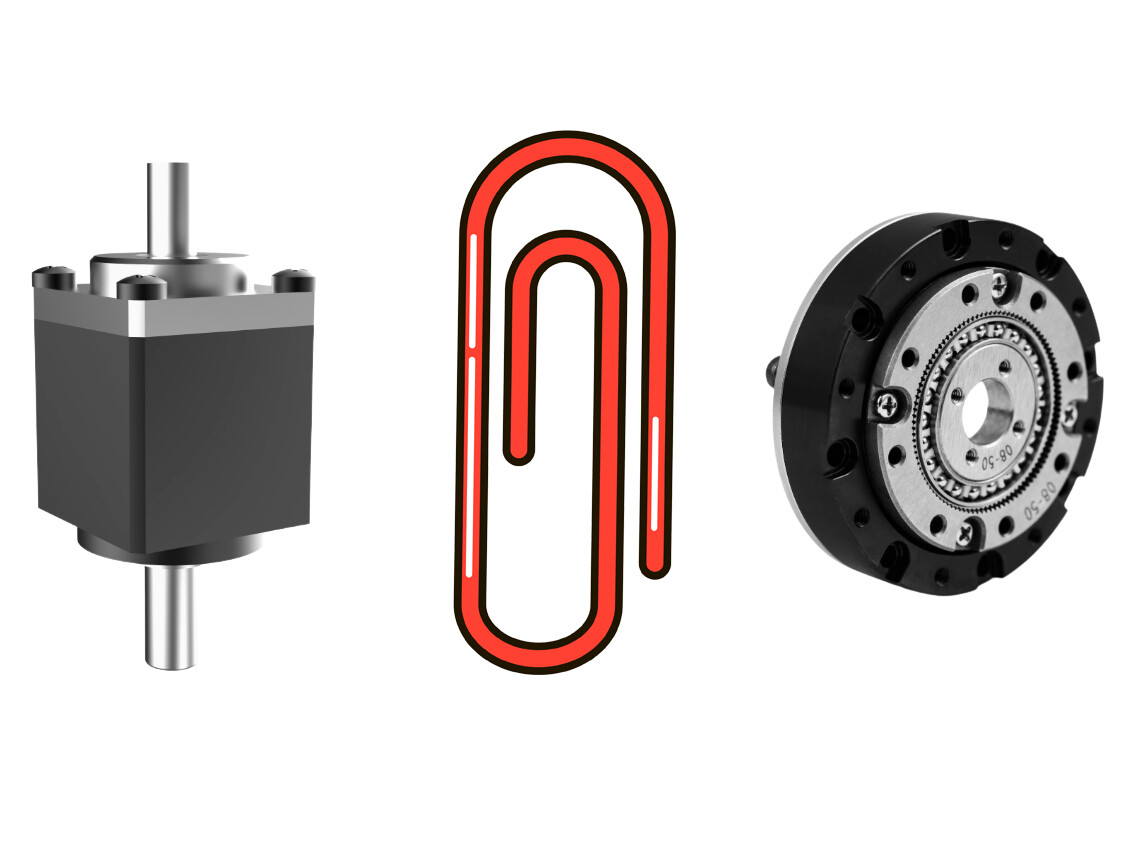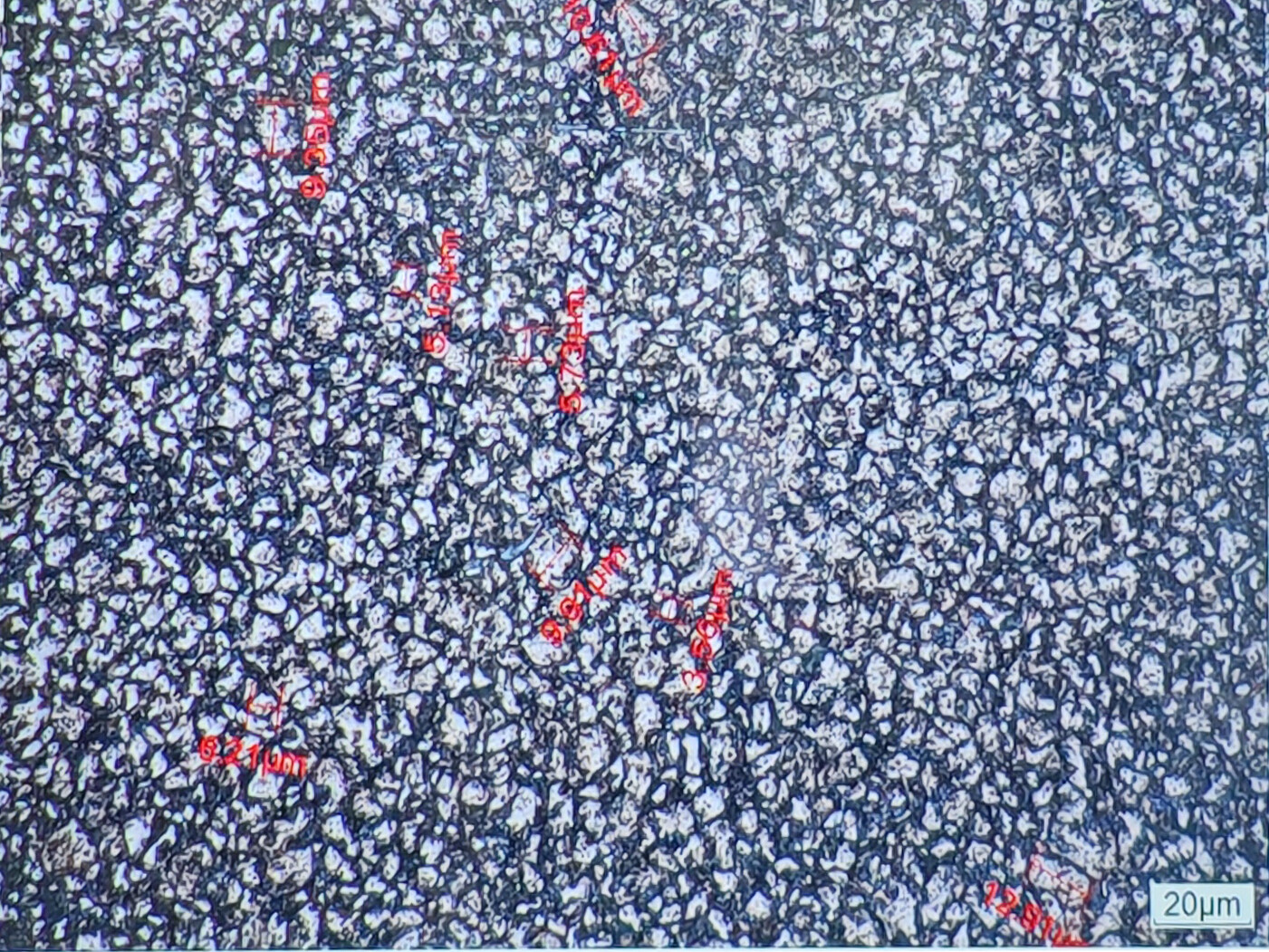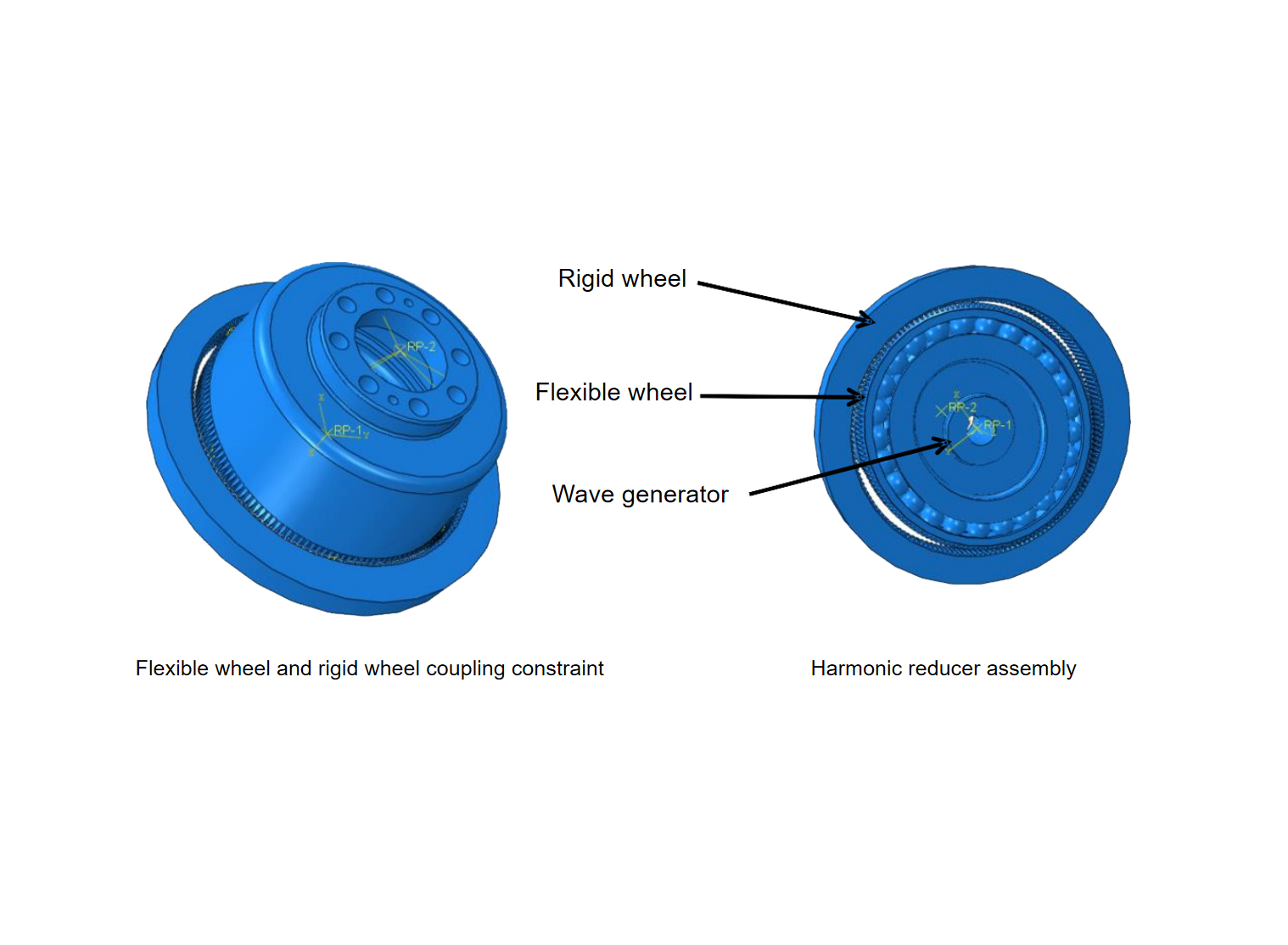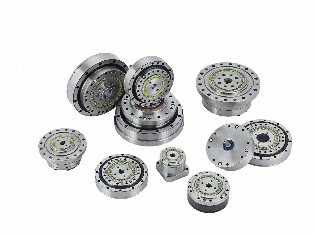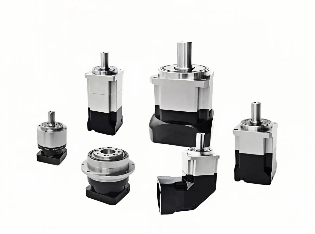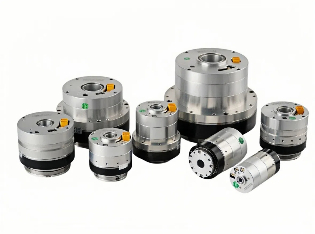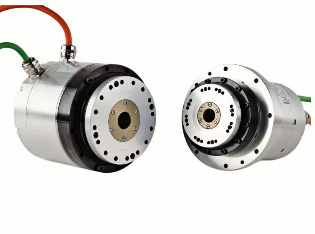Triple-Wave Harmonic Gear: A Dual Breakthrough in Precision and Rigidity
As the “joints” of robots, harmonic gears directly determine the motion accuracy and stability of robotic systems. For years, the market has been dominated by second-harmonic technology. Now, HONPINE is set to launch the world’s first Y-series triple-wave harmonic gear achieving transmission accuracy within 10 arcseconds, marking a decisive breakthrough in the field.
1. Principle of the Triple-Wave Harmonic: Innovation from the Physical Foundation
The Triple-Wave Harmonic Gear (Third-Harmonic Strain Wave Reducer) represents a fundamental innovation in motion transmission.
In conventional second-harmonic gears, the wave generator induces two crests and two troughs in the flexspline. The triple-wave design, however, generates three crests and three troughs.
This seemingly simple change leads to a substantial improvement in performance: with more engagement points, the load is distributed across more teeth, significantly enhancing transmission smoothness and precision.
2. Comparison with Second-Harmonic Gears
Advantages:
Precision Revolution: The triple-wave harmonic achieves transmission accuracy within 10 arcseconds, more than twice as precise as traditional designs — a true milestone for the industry.
Rigidity Enhancement: Torsional rigidity is doubled, enabling robots to maintain exceptional positioning accuracy even under high-speed or heavy-load conditions.
Elimination of Vibration Coupling: The third-harmonic structure inherently avoids vibration coupling issues, ensuring smoother motion.
Extended Lifespan: Improved load distribution reduces stress concentration, thereby extending operational life.
Challenges:
Complex Manufacturing: Requires extremely high standards for materials, heat treatment, and machining precision.
Higher Cost: The use of specialized materials and new processes increases production costs.
Design Complexity: Involves completely new structural and tooth-profile designs with high technical barriers.
3. Main Application Scenarios: Where Extreme Precision Is Essential
The triple-wave harmonic gear is not intended to replace conventional reducers entirely but rather to serve in applications demanding ultra-high precision and rigidity, such as:
High-Precision Industrial Robots: Six-axis robots for automotive manufacturing and electronic assembly, especially where repeatability is critical.
Semiconductor Equipment: Lithography machines and chip packaging systems requiring nanometer-level motion control.
Medical Robots: Surgical robots where even the smallest error could have serious consequences.
Aerospace Systems: Satellite antenna positioning mechanisms and precision adjustment devices in spacecraft.
Precision Measurement Instruments: Coordinate measuring machines (CMMs), laser trackers, and other high-accuracy metrology tools.
4. Core Technological Breakthroughs: The Innovation Path of Harmonic Gears
New Structure and Tooth Profile Design: Completely redesigned transmission geometry to optimize load distribution.
Specialized Materials and Heat Treatment: The flexspline and bearings use proprietary materials treated with TW and TTN thermal processes.
Precision Manufacturing Processes: Overcomes the technical barriers of triple-harmonic production, enabling scalable mass manufacturing.
From performance data, the Y-series represents a full-spectrum upgrade:
Design lifetime: ≥ 10,000 hours
Transmission efficiency: 75–80%
5. Future Outlook: Opportunities and Challenges for Triple-Wave Harmonics
Technological Trends:
Higher Precision: Within 3–5 years, harmonic gears may achieve 5–8 arcsecond accuracy.
Cost Reduction: As production techniques mature and scale increases, costs are expected to decrease, expanding adoption.
Integrated Design: Closer integration with motors and encoders to offer complete motion-control solutions.
Intelligent Features: Built-in sensors will enable condition monitoring and predictive maintenance.
The triple-wave harmonic gear will first gain widespread use in high-precision industrial robotics, then gradually penetrate mid-range markets.
By 2028, its market share in precision gear is expected to grow from less than 10% to over 30%.
The advent of the triple-wave harmonic gear is not merely an incremental improvement but a fundamental technological breakthrough.
It demonstrates that by returning to basic physical principles and reimagining their application, significant progress can still be made in mature technologies.
For robot and precision equipment manufacturers, this innovation offers a new path toward higher performance and reliability.
As Industry 4.0 and intelligent manufacturing continue to advance, demand for precision motion control will only intensify — and the triple-wave harmonic gear is poised to open a new era of ultra-precise transmission technology.
Double Click
Products Catelog
